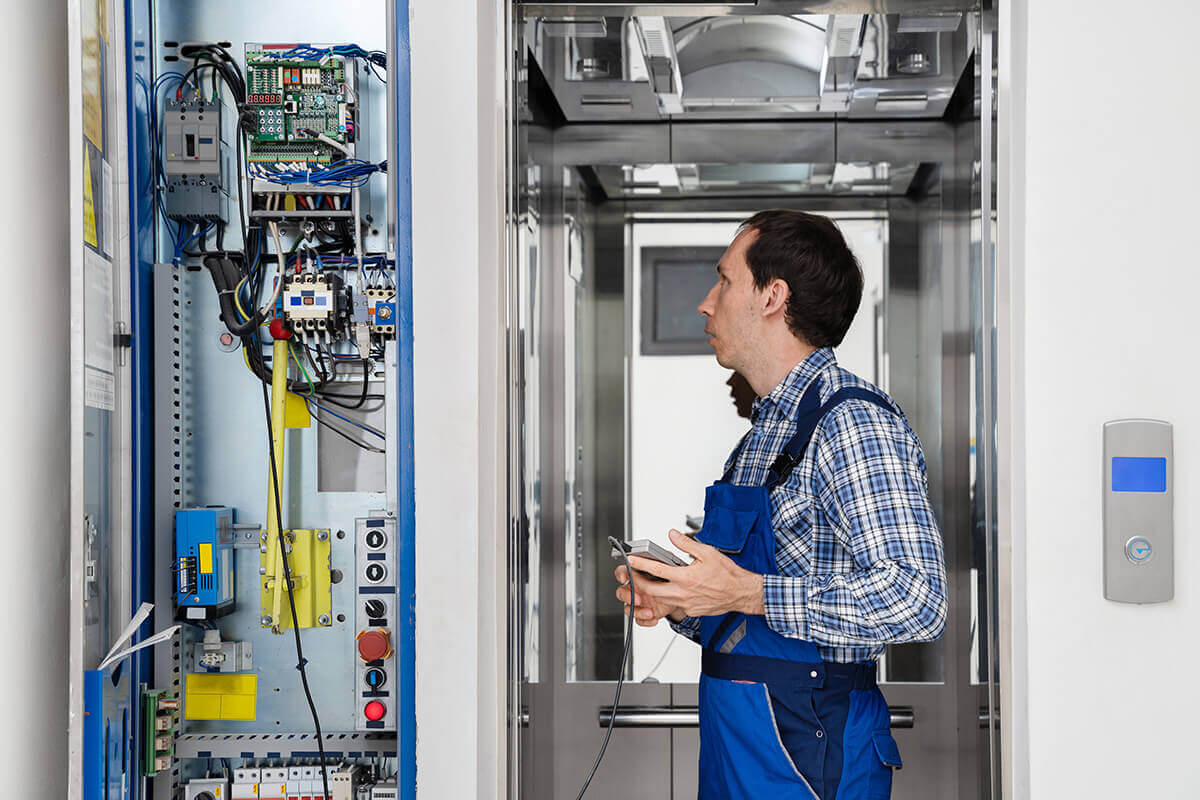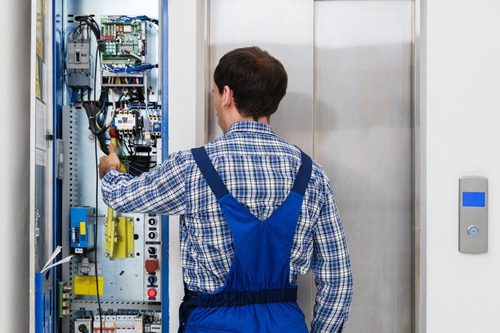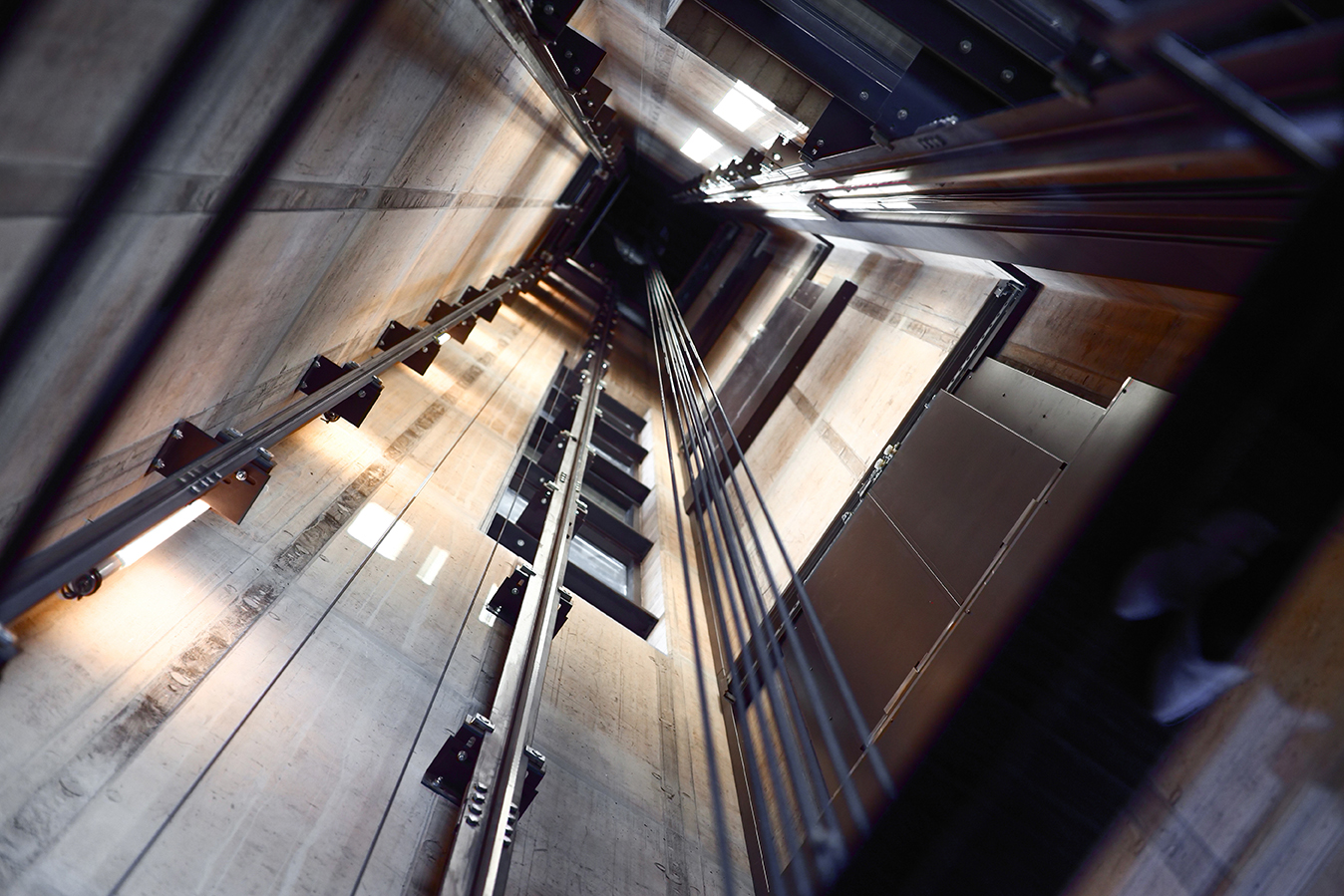Comprehensive Overview to Elevator Solutions and Their Maintenance
Browsing the complex globe of elevator systems and their maintenance is a job that demands accuracy and expertise. From the various kinds of lift systems in use to the thorough adherence to safety policies, the upkeep of these vertical transport tools is a complex endeavor.
Sorts Of Lift Systems
The most typical kinds include hydraulic lifts, traction lifts, machine-room-less elevators, and vacuum lifts. Hydraulic lifts are suitable for low-rise buildings and use a hydraulic piston to relocate the elevator vehicle. Machine-room-less elevators are a space-saving option as they do not call for a separate equipment area for the lift machinery.
Each kind of elevator system has its own advantages and downsides, making it critical for building owners and programmers to carefully consider their details needs prior to selecting the most appropriate alternative. Factors such as building height, area schedule, energy performance, and budget plan restrictions all play a significant role in identifying the very best lift system for a specific structure.
Common Maintenance Issues
Normal maintenance of elevator systems is important to ensure smooth procedure and lengthen their lifespan. Regardless of routine maintenance, lift systems can still run into usual maintenance problems that require to be promptly resolved to stop disruptions in service. One of the most frequent concerns is door malfunctions. Elevator doors may get misaligned, leading to issues with opening and closing correctly. This can create delays and safety and security dangers, needing instant attention from upkeep professionals. One more typical problem is associated to the elevator's leveling precision. If the elevator does not align properly with the floorings, travelers might experience tripping threats and discomfort. Furthermore, concerns with the control system, such as sensing unit problems or electrical issues, can create the elevator to breakdown or quit functioning entirely. Routine inspections and aggressive maintenance can aid determine and solve these usual upkeep problems before they rise and affect the overall performance of the elevator system.
Safety And Security Laws and Compliance
Adhering to rigorous safety and security laws and guaranteeing compliance with market criteria are critical for keeping the functional honesty of lift systems. Elevators are subject to a comprehensive collection of security policies to safeguard travelers, upkeep employees, and the public. Governing bodies such as the Occupational Security and Wellness Management (OSHA) in the United States and the European Lift Organization (ELA) in Europe establish standards that cover various aspects of elevator layout, maintenance, procedure, and installment.
Conformity with these guidelines is not only a lawful need yet likewise a moral responsibility for building proprietors and lift maintenance firms. Failing to meet safety requirements can result in penalties, lawful liabilities, and, most importantly, endanger the safety of people making use of the lift. Regular evaluations, maintenance checks, and adherence to safety and security procedures outlined in the laws are vital to guarantee the risk-free and reliable procedure of lift systems. By prioritizing safety and security regulations and compliance, stakeholders can promote the depend on of the public and minimize potential risks related to elevator use.
Ideal Practices for Maintenance

Another crucial finest practice is to without delay resolve any type of uncommon sounds or reported concerns to stop further damages. Implementing an aggressive technique to upkeep can conserve money and time in the lengthy run by preventing pricey repairs or replacements. Structure proprietors need to additionally think about buying innovation upgrades to boost the effectiveness and security of their look at this website lift systems. By adhering to these ideal practices, elevator systems can operate smoothly and securely, providing dependable upright transportation for owners.

Advanced Technologies for Efficiency
Executing cutting-edge modern technologies in elevator systems can considerably boost operational performance and guest experience. These systems allow travelers to input their wanted flooring prior to getting in the elevator, which then directs them to the most effective auto.
Additionally, the assimilation of clever sensors and predictive maintenance capabilities has changed lift maintenance. These sensors can discover potential issues before they escalate, enabling positive maintenance interventions and lessening downtime. Furthermore, making use of regenerative drives and energy-efficient elements helps in reducing power consumption and operating expenses in lift systems.
Additionally, the implementation of cloud-based surveillance and remote diagnostics enables for real-time tracking of elevator performance and immediate troubleshooting of any type of breakdowns. This aggressive strategy not only enhances system integrity but also enhances the total customer experience by guaranteeing smooth and continuous lift operations.
Conclusion
In verdict, recognizing the various kinds of elevator systems, visit this web-site typical upkeep concerns, safety and security policies, ideal maintenance techniques, and advanced technologies for performance is essential for ensuring the smooth procedure of elevators. By sticking to security policies and executing ideal techniques for upkeep, structure owners can extend the life expectancy of their lift systems and ensure the safety and security of travelers. It is essential to stay upgraded on the current developments in elevator innovation to boost performance and dependability.
The most common types consist of hydraulic elevators, traction lifts, machine-room-less elevators, and vacuum cleaner lifts. Hydraulic elevators are ideal for low-rise structures and use a hydraulic piston to relocate the lift vehicle. Machine-room-less elevators are a space-saving alternative as they do not require a separate equipment space for the elevator equipment. Routine evaluations and aggressive upkeep can assist recognize and fix these common upkeep issues prior to they escalate and influence the total performance of the lift system.
